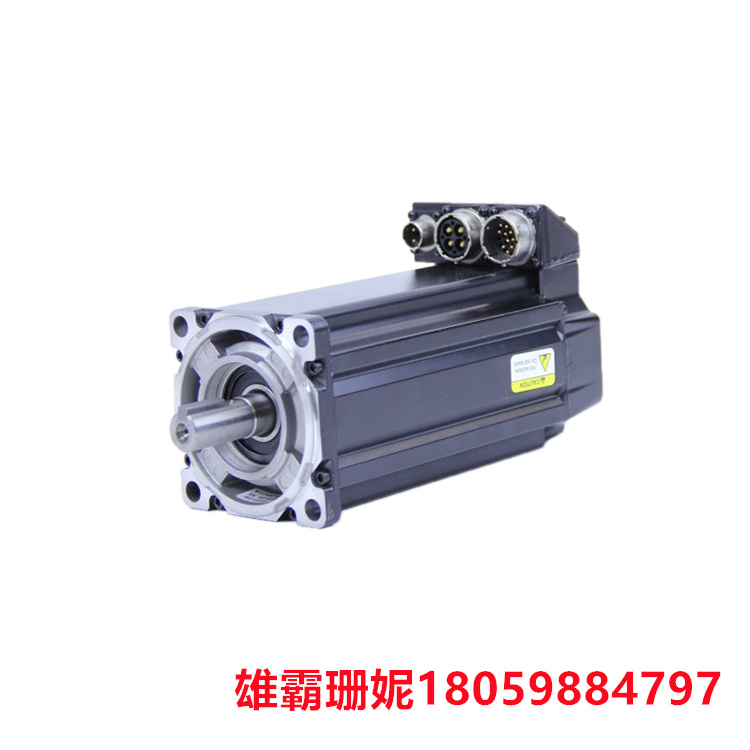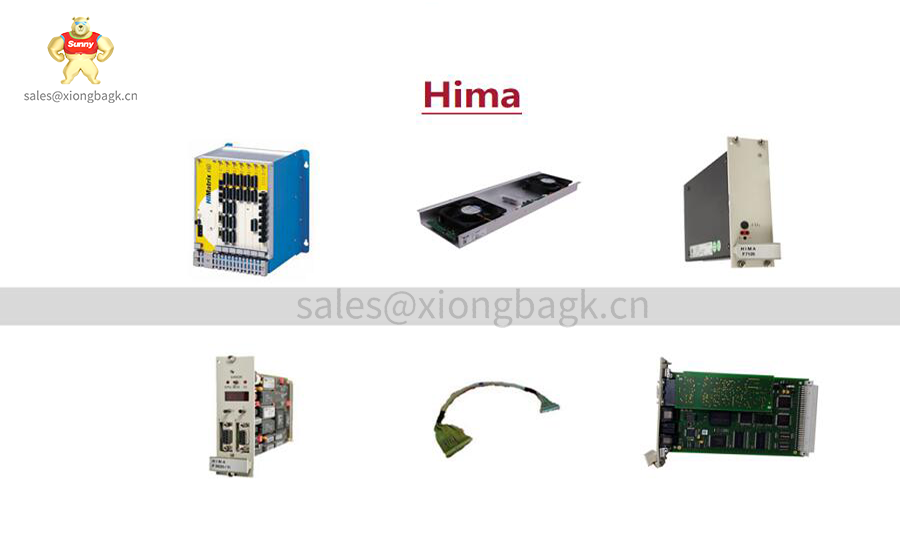
品牌:A-B
型号:MPL-B430P-SJ24AA
说明:这艾伦布拉德利(AB) MPL系列伺服电机是5000 rpm额定交流伺服。此外,这个智能伺服有一个轴键安装在伺服,以允许连接到这个电机。此外,它的特点是单匝反馈,并有圆形卡口(面向轴)电缆连接,来在这个电机的顶部。这MPL系列优质伺服配备了一个内置的制动功能,在情况下需要制动。这MPL系列交流伺服使用400伏操作。
MPL-B430P-SJ24AA 伺服电机是一种用于控制机械设备的电机,它可以将输入的电信号转换为电机轴的角速度或线速度输出,以实现精确的位置控制、速度控制和力矩控制。伺服电机具有高精度、高效率、响应快、稳定性好等优点,被广泛应用于机器人、数控机床、自动化生产线等领域。
MPL-B430P-SJ24AA 伺服电机和步进电机在多个方面存在显著差异:
控制方式:步进电机通过控制脉冲的个数来控制转动角度,一个脉冲对应一个步距角。而伺服电机通过控制脉冲时间的长短来控制转动角度。
工作流程:步进电机工作一般需要两个脉冲:信号脉冲和方向脉冲。而伺服电机的工作流程相对简单,电源连接开关,再连接伺服电机即可。
低频特性:步进电机在低速时易出现低频振动现象。相比之下,伺服电机运转非常平稳,即使在低速时也不会出现振动现象。
矩频特性:步进电机的输出力矩随转速升高而下降,且在较高转速时会急剧下降,所以其最高工作转速一般在300~600r/min。而伺服电机为恒力矩输出,即在其额定转速(一般为2000或3000 r/min)以内,输出额定转矩,在额定转速以上为恒功率输出。
过载能力:步进电机一般不具有过载能力。而伺服电机具有较强的过载能力。
综上所述,伺服电机和步进电机在控制方式、工作流程、低频特性、矩频特性和过载能力等方面存在显著差异。在实际应用中,应根据具体需求选择合适的电机类型。

Brand: A-B
Model: MPL-B430P-SJ24AA
Description: This Allen Bradley (AB) MPL series servo motor is rated for 5000 rpm AC servo. In addition, this smart servo has a shaft key installed in the servo to allow connection to this motor. In addition, it features single-turn feedback and has a circular bayonet (facing shaft) cable connection to come on top of this motor. This MPL series premium servo is equipped with a built-in braking function in case braking is required. This MPL series AC servo operates at 400 volts.
The MPL-B430P-SJ24AA servo motor is a motor used to control mechanical equipment, which can convert the input electrical signal into the angular speed or linear speed output of the motor shaft to achieve accurate position control, speed control and torque control. Servo motor has the advantages of high precision, high efficiency, fast response and good stability, and is widely used in robot, CNC machine tool, automatic production line and other fields.
The MPL-B430P-SJ24AA servo motor and stepper motor are significantly different in several aspects:
Control mode: The stepper motor controls the rotation Angle by controlling the number of pulses, and one pulse corresponds to one step Angle. The servo motor controls the rotation Angle by controlling the length of the pulse time.
Workflow: Stepper motor work generally requires two pulses: signal pulse and direction pulse. The work flow of the servo motor is relatively simple, the power is connected to the switch, and then the servo motor can be connected.
Low frequency characteristics: The stepper motor is prone to low frequency vibration at low speed. In contrast, the servo motor runs very smoothly and does not vibrate even at low speeds.
Torque frequency characteristics: the output torque of the stepper motor decreases with the increase of speed, and it will drop sharply at higher speed, so its maximum working speed is generally 300 ~ 600r/min. The servo motor is a constant torque output, that is, within its rated speed (generally 2000 or 3000 r/min), the output rated torque, above the rated speed is a constant power output.
Overload capacity: Stepper motors generally do not have overload capacity. The servo motor has a strong overload capacity.
In summary, there are significant differences between servo motors and stepper motors in terms of control mode, workflow, low frequency characteristics, moment frequency characteristics and overload capacity. In practical applications, the appropriate motor type should be selected according to the specific needs.


| BENTLY | 135473-01 |
| BENTLY | 149992-01 |
| BENTLY | 18745-03 |
| BENTLY | 3500/15-05-05-00 |
| BENTLY | 125840-02 |
| BENTLY | 125680-01 |
| BENTLY | 140471-01 |
| BENTLY | 3500/42M 140734-02 |
| BENTLY | 140734-01 |
| BENTLY | 146031-02 |
| BENTLY | 128229-01 |
| BENTLY | 3500/42M 140734-02 |
| BENTLY | 3500/33 |
| BENTLY | 3500/50M |
| BENTLY | 3500/45 |
Copyright © 2022-2024 厦门雄霸电子商务有限公司 版权所有 备案号:闽ICP备14012685号-33